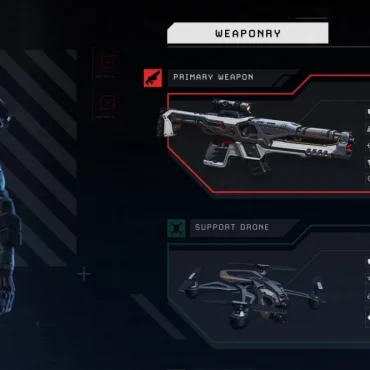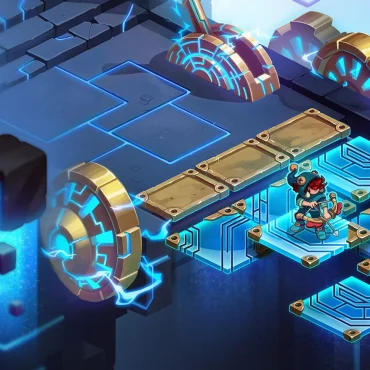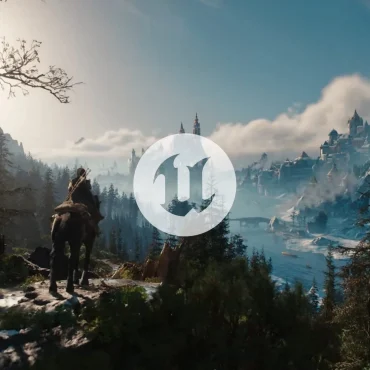Level design in video games is an intricate blend of artistry and technical skill. It stands at the heart of game design, shaping how players interact with the game world, uncover stories, conquer challenges, and ultimately enjoy the overall experience. To really understand what makes this part of game development tick, let’s dive into its key elements and best practices.
Setting clear goals
Planning is critical in the level design process. Before constructing a level, it’s essential for level designers to determine its purpose and objectives. For instance, is the level intended to introduce new mechanics, consolidate existing skills, or provide a moment of rest after a challenging boss fight? Establishing clear goals at the outset helps ensure that the level fulfills its intended function effectively.
Once the goal is defined, the next step is implementation. But before diving into engine work, it’s better to draft a schematic level outline in Photoshop, or at least do it old-school-style with pen and paper (which I honestly prefer more). This simple, preliminary step can save considerable time and resources by preventing the common mistakes that arise from building without a clear vision.
Iterative design and prototyping
One of the cornerstones of a successful level design process is iterative design and prototyping. In video game level design, the first version of a level is rarely perfect. Level designers create multiple iterations, each improving upon the last based on feedback and observation.
During the prototyping phase, the focus is on core mechanics and player flow rather than detailed visuals. Early versions use simple block and grid layouts to represent walls, platforms, and obstacles, allowing designers to experiment with different layouts, enemy placements, and game mechanics. If we want players to learn to jump, we should provide some verticality in our level design.
As iterations progress, designers incrementally add complexity and refine aesthetics, ensuring each game level is robust and aligned with the project vision. By embracing iterative design, developers can address issues early, resulting in a polished final product that resonates with players.
Guiding the player
A key aspect of game level design is guiding the player subtly, without making them feel overly directed. The aim is to help players feel smart and capable while ensuring they can navigate the level successfully. Tools such as lighting, camera positioning, and the color-coding of interactive objects can effectively guide the player’s attention and actions.
For example, in the game God of War, some players felt that their autonomy was compromised when companions provided direct solutions to puzzles. This underscores the importance of allowing players time to think and act independently, thereby enhancing their sense of achievement when they succeed.
Similarly, in one of the levels of the first Speed Crew campaign, we made an initially challenging environment more navigable by incorporating interactive tables.
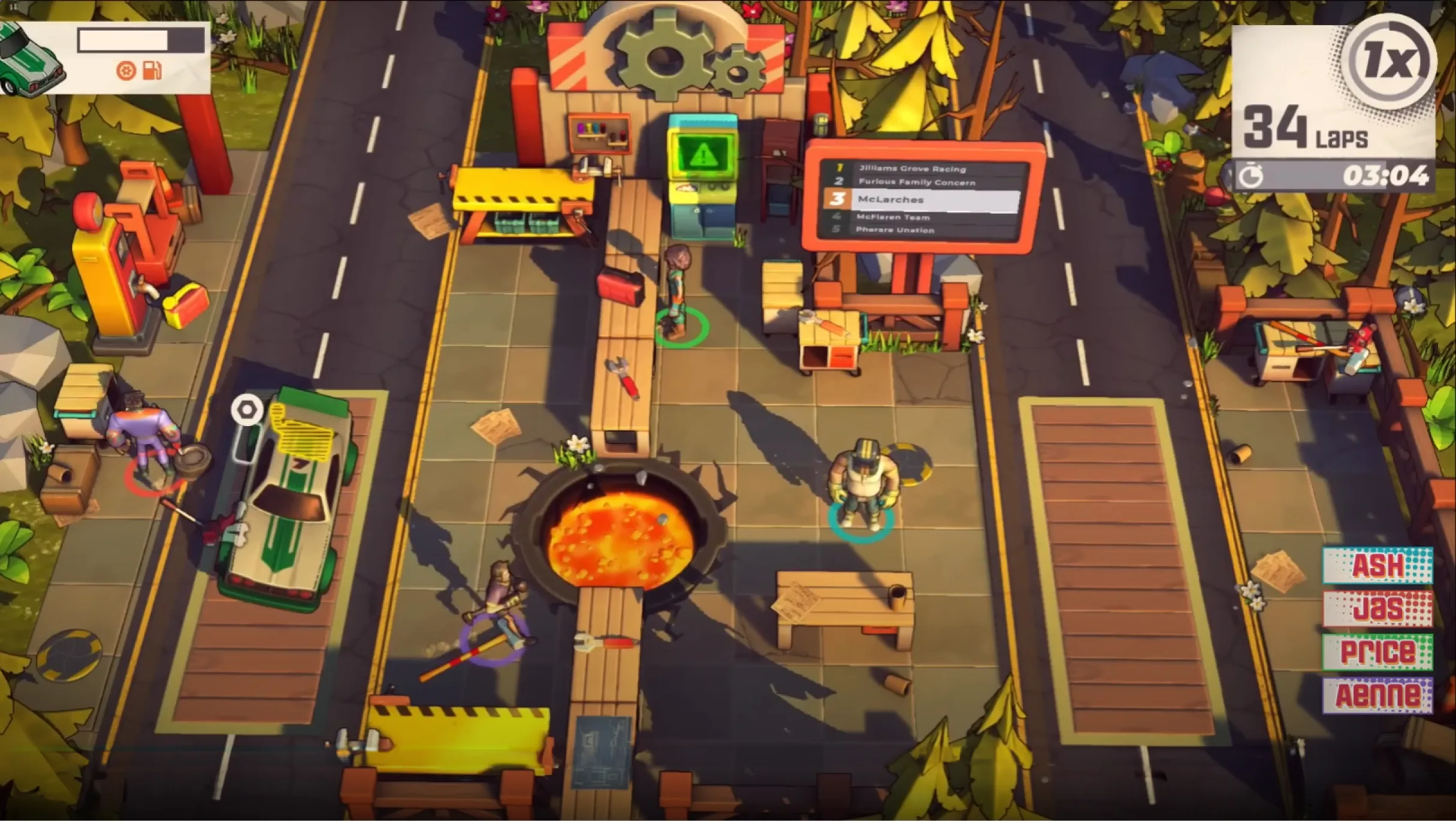
These tables, while being obstacles, allowed players to pass items to each other, promoting cooperation and helping them achieve their objectives more efficiently. Such guiding mechanics are essential for creating satisfying player experiences.
Environmental variety and pacing
Creating varied environments and pacing them appropriately is crucial in maintaining player interest in game levels design. Level designers must craft settings with unique atmospheres, challenges, and pacing to keep players engaged from start to finish.
Environmental variety ensures players encounter new, visually stimulating surroundings. For instance, transitioning from a dense forest to a serene meadow provides a refreshing change of pace and introduces new gameplay mechanics.
Returning to old visually changed levels should work as well. Flooded levels will change the direction or provide swimming ability; day-night levels with a focus stealth mechanics, etc.
Pacing is equally important in level design. A well-paced level balances moments of intense action with calmer exploration sections, enhancing the overall experience. For example, The Legend of Zelda: Breath of the Wild alternates between challenging combat and peaceful exploration, allowing players to recover and prepare for the next test of skill.
Balancing challenge and reward
Another crucial aspect of video game level design is balancing the challenge and reward system. A well-designed level should offer a series of challenges that are both fair and stimulating, rewarding the player adequately for their efforts. This balance is key to maintaining player engagement and satisfaction.
Take the example of Dark Souls, a series known for its punishing difficulty. Each game level is intricately designed to test the player’s skills and patience, but the rewards, whether in the form of a hidden item, a shortcut, or a moment of reprieve at a bonfire, make the grueling journey worthwhile.
Engagement through environmental storytelling
One of the most powerful tools in a level designer’s arsenal is environmental storytelling. This technique uses the game’s environment to convey narratives without explicit exposition. By carefully designing the surroundings, placing visual cues, and setting the scene, designers can immerse players in the story, creating a richer, more engaging experience.
For example, in games like The Last of Us, every corner of the environment tells a part of the story, from the decaying remnants of society to handwritten notes left behind by previous inhabitants. This form of storytelling draws players deeper into the game world, allowing them to piece together the narrative organically as they explore various game levels.
Playtesting
No level design process is complete without rigorous playtesting. Involving players who are not part of the development team is essential in uncovering hidden issues and areas that need enhancement in game levels design. These playtesters offer fresh perspectives and can quickly identify elements that may seem obvious to developers but unintuitive to the average player. If something needs further explanation, it likely doesn’t work as intended.
Playtesting helps in iterating on game level design, fine-tuning mechanics, and ensuring that the game provides a smooth and enjoyable experience. Even well-designed levels can benefit from the external insights gained during these sessions, reinforcing the importance of involving real players throughout the level design process.
Listening to the player base
Listening to player feedback is another critical aspect of effective video game level design. Players often provide invaluable feedback that can lead to significant improvements and innovations. For example, in the turn-based RPG Cyber Knights: Flashpoint, players voiced concerns that the game’s focus on stealth challenges in dense buildings underutilized sniper units. The developers responded by adding verticality to the levels and incorporating sniper vantage points, which were met with great enthusiasm by the players.
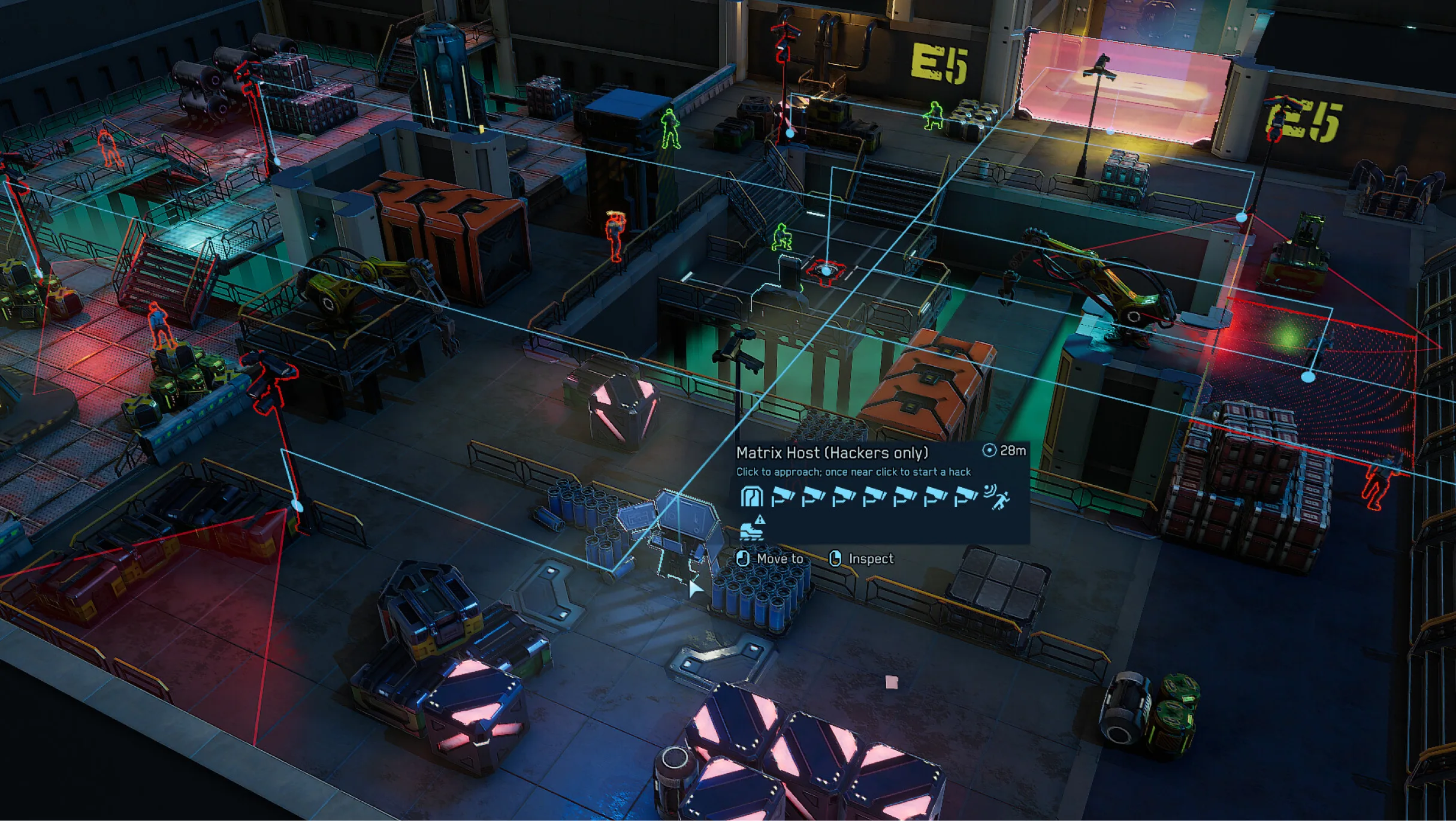
Incorporating this feedback makes players feel heard and valued, fostering a loyal and engaged player base while continuously improving the overall quality of the video game level design.
Moreover, engaging with the player community doesn’t just help in refining existing levels, but it can also spark new ideas and directions for future game levels design. Regularly reviewing player forums, social media discussions, and feedback forms allows level designers to stay attuned to common pain points and preferences.
Conclusion
Level design is much more than just placing assets in a game world; it’s about creating an experience that resonates with the player. From the initial planning stages to the final implementation and subsequent iterations, each step requires careful consideration and creativity. By setting clear goals, guiding players subtly, employing environmental storytelling, balancing challenges and rewards, and continuously incorporating feedback, designers can craft levels that are both captivating and functional.

